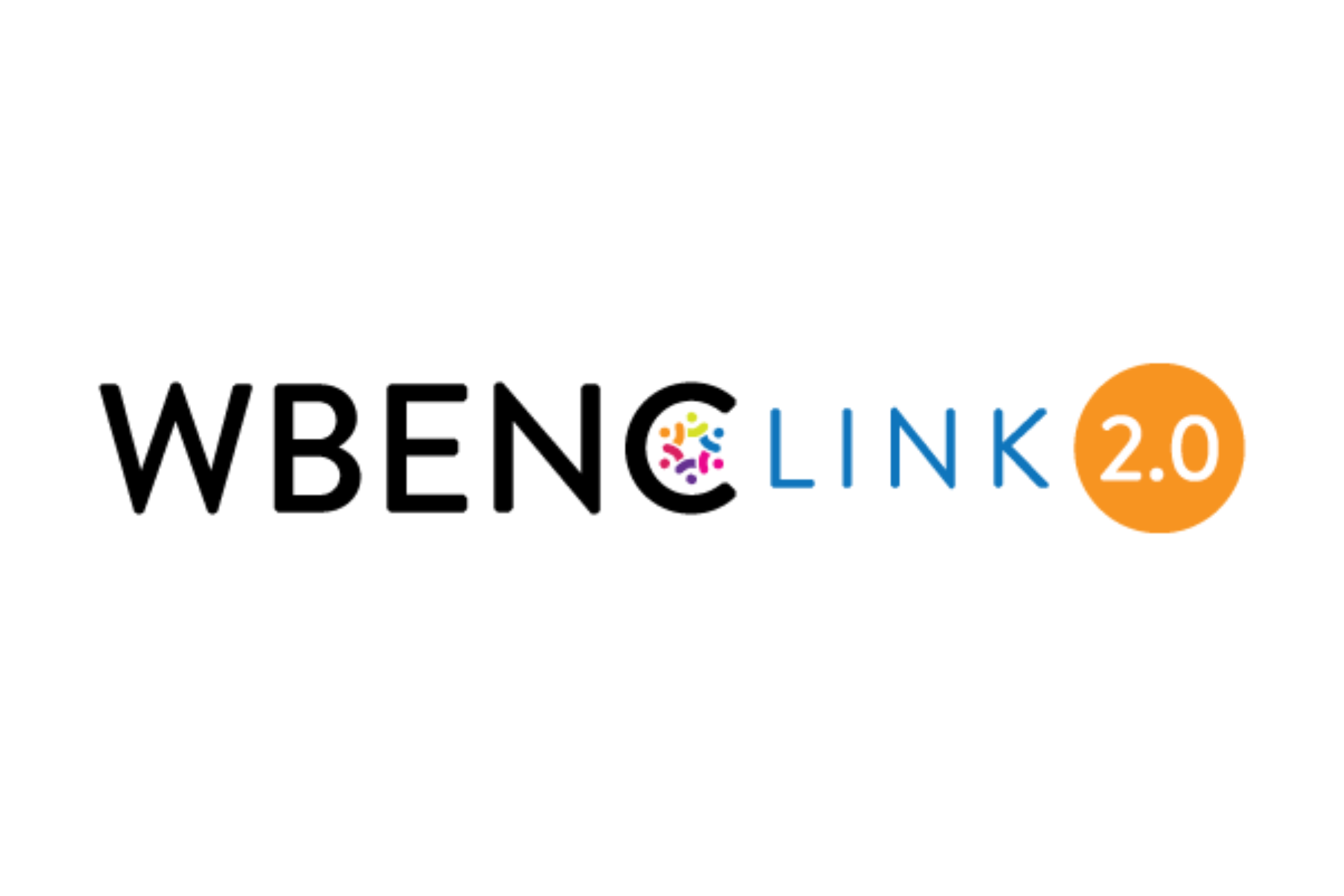WBENC Celebrates 2023 Pride by spotlighting WBEs in the LGBTQ+ community. By amplifying their voices and supporting their ventures, we foster an inclusive environment where equality and diversity flourish.
Dr. Sarah Skidmore (she/her), CEO & Leadership Doctor, identifies strategic steps to build a successful work environment for the digital age.
 From the metaverse to virtual reality to extended reality to augmented reality – technology continues to be one of the drivers evolving and redefining how we work. Where we work, how we work, and what we do for work keeps evolving. Virtual leadership is necessary and can be a competitive advantage for business owners to leverage. But ask yourself – how strong is your virtual leadership? Now, is the time to strengthen your virtual leadership to ensure your business thrives in the future of work.
From the metaverse to virtual reality to extended reality to augmented reality – technology continues to be one of the drivers evolving and redefining how we work. Where we work, how we work, and what we do for work keeps evolving. Virtual leadership is necessary and can be a competitive advantage for business owners to leverage. But ask yourself – how strong is your virtual leadership? Now, is the time to strengthen your virtual leadership to ensure your business thrives in the future of work.
Digital Adoption in Work Environments
The COVID-19 pandemic accelerated digital adoption across industries in 2020 due to public health and governmental restrictions. However, we must not mistake using video conferencing and online software as synonymous with excelling at virtual leadership.
Matt Mullenweg provides the levels of autonomy for distributed work. The levels are essential for business owners reflecting on the digital transformation within their organization:
- Level 1 is non-deliberate action to ensure the work environment is remote-friendly
- Level 2 is recreating the physical office virtually
- Level 3 is adapting towards being remote-first
- Level 4 is deliberate integration of asynchronous communication
- Level 5 is a distributed team excelling beyond in-person-only performance.
It is important to note that not all departments and positions are remote-capable.
#1 – Rank Your Business. What level would you rank your business overall, key departments, and essential roles? How might higher levels of distributed work benefit your business, specific departments, and/or certain roles?
The levels of autonomy complement an organization’s digital transformation journey. In Digital Fluency (2021), Volker Lange shares that “Digital transformation is about creating an agile, open-minded, constantly learning, and innovating business culture… to increase productivity and competitiveness and to create sustainable value for customers and employees.”
#2 – Evaluate Your Digital Transformation Journey. Describe the journey your business has taken over the past five years. How might the business further embrace digital transformation to increase team performance?
Virtual Leadership as a Business Advantage
In digital environments, business owners have the opportunity to leverage virtual leadership. In Leadership: Theory and Practice (2015), Peter Northouse offers a modern definition of leadership. We evolve Northouse’s definition to create the concept of virtual leadership: “a process whereby an individual influences a group of individuals to achieve a common goal (Northouse)” relying on primarily digital interactions within virtual environments. How the leader uses their influence remains essential within the virtual leadership definition.
Just as we can reflect on the evolution of the printing press, radio, television, and computers, technology is a driver that causes business owners to evaluate, ‘How might we leverage technology to provide value to our customers or clients?’ In Navigating the Metaverse (2022), Cathy Hackl speaks of emerging technologies. She shares, “We’re in the early days of a massive paradigm shift… How people interact, transact, and spend their time will gradually shift… Don’t be surprised to wake up one day to a world where virtual and physical worlds overlap to blend our digital and real-world identities.” Not only is it essential for business owners to be aware of this paradigm shift, but it serves as an opportunity to enhance the business advantage or build additional competencies to ensure a business thrives in the future of work.
#3 – Self-Reflect. How would you rate your current virtual leadership skills on a scale of 1 to 10? How might your business benefit if you had stronger virtual leadership?
Best Practices to Strengthen Your Virtual Leadership
Leader development is essential across all levels of the organization – from early career professionals to experienced executives. Leaders, regardless of role, play a critical role in using their influence within the work environment. Here are three simple and low-barrier ways to strengthen your virtual leadership this week:
- Leverage Asynchronous Tools – To complement synchronous meetings (in-person or virtual), include asynchronous forms of collaboration using tools such as Miro or Mural. Using asynchronous tools allows for greater inclusion across the team.
- Know Communication Preferences – When communicating with team members, remember their preferred form of communication. As a quick reminder:
- Boomers often prefer phone calls, voicemails, and emails
- Gen Xers often prefer phone calls and emails
- Millennials often prefer collaborative sessions and messaging
- Gen Zers often prefer collaborative sessions and short-form messaging
- Encourage Community-Building – Whether you host an internal meeting in Horizon Workroom or have folks use video filters on the next Zoom call, find creative ways to use technology for team development and community-building. These internal sessions allow the opportunity for reverse-mentorship and for individuals to develop their digital literacy.
#4 – Action Plan. How will you strengthen virtual leadership within your business?






